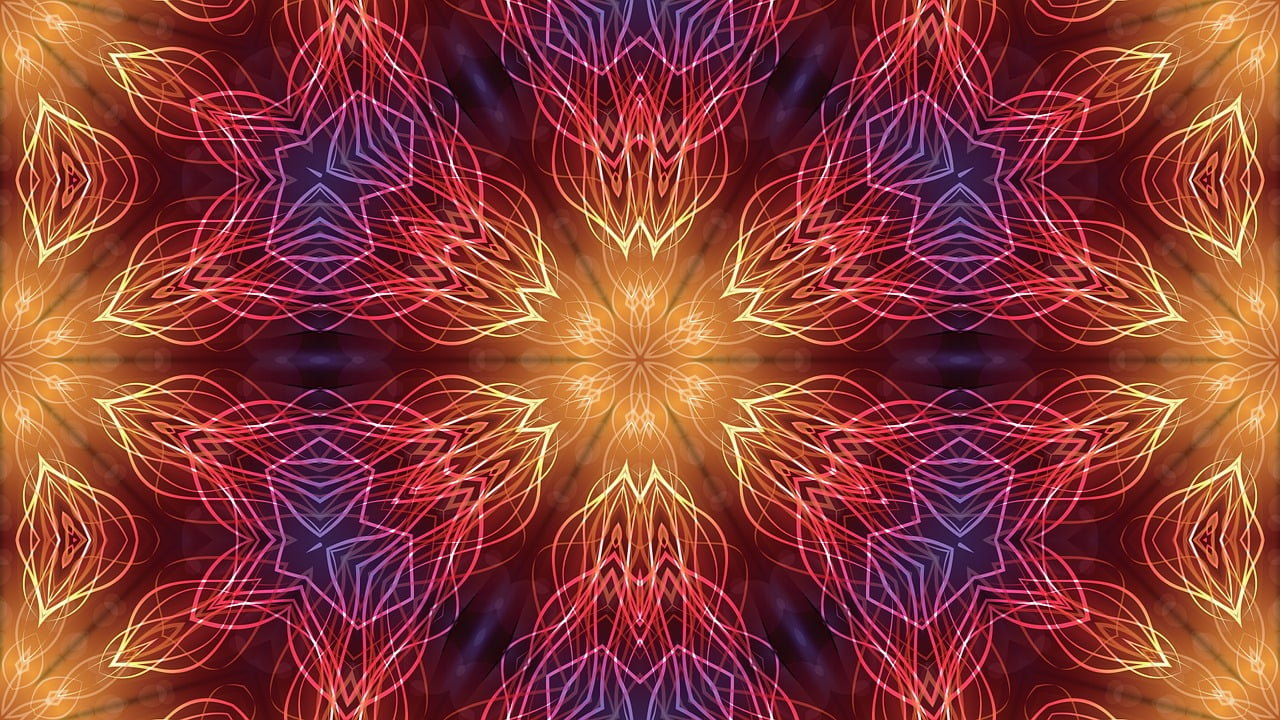The Ostraca: Inscribed Pottery Shards of Ancient Egypt

Hey there, amazing readers! 🖐️ Just a quick note: yes, we know there are a lot of ads here. Trust us, we get it—it’s not the prettiest look, but they help us keep this blog alive and kicking. Those pesky little ads cover the costs of all the behind-the-scenes magic, from hosting and tech stuff to creating content we hope you’ll love.
We’re committed to delivering quality posts, and your support (even just sticking around despite the ads) means everything to us. So, bear with us, and thanks for helping us keep the good vibes rolling. Now, on to the fun stuff! 😉
TRANSLATE BUTTON AT THE END OF THE ARTICLE
Overview: The Ostraca: Inscribed Pottery Shards of Ancient Egypt
The Ostraca are a unique set of artifacts from Ancient Egypt that provide valuable insights into the daily life, culture, and history of this ancient civilization.
These artifacts consist of pottery shards, fragments, or flakes that have been inscribed with various texts, drawings, or symbols.
The inscriptions on the Ostraca range from simple sketches to detailed hieroglyphic writings, making them an important source of information for Egyptologists and historians.
In this article, we will delve into the history and origins of the Ostraca, their uses and functions in Ancient Egyptian society, the techniques of Ostraca inscription, common subjects and themes found on the Ostraca, and their significance in archaeological discoveries.
We will also discuss the challenges in deciphering Ostraca inscriptions, as well as the contributions of these artifacts to Egyptology and historical research.
Introduction to the Ostraca: Ancient Egyptian Artifacts
The Ostraca are pottery shards that have been used by the ancient Egyptians as a surface for writing or drawing.
The term "Ostraca" is derived from the Greek word "ostrakon," which means shell or potsherd.
These shards were typically discarded pieces of pottery, often with no significant value, which provided an inexpensive and readily available material for writing.
The inscriptions on the Ostraca were made using various techniques, including ink, paint, or scratching the surface.
These artifacts serve as a valuable record of everyday life, as they contain a wide range of texts, such as letters, lists, administrative records, legal documents, magical spells, or even personal notes.
History and Origins of the Ostraca in Ancient Egypt
The use of Ostraca in Ancient Egypt dates back to the early Dynastic period (around 3100 BCE), making them one of the oldest forms of writing materials in the world.
The practice of using pottery shards for writing emerged as a response to the scarcity and high cost of papyrus, the primary writing material during that time.
Ostraca were commonly used by different social classes, from the highest officials to the average citizens.
These fragments were also utilized in the construction of houses, as fillers or insulation, resulting in their preservation over thousands of years.
As such, Ostraca provide an invaluable glimpse into the lives and thoughts of ordinary Egyptians from various time periods.
Uses and Functions of the Ostraca in Ancient Egyptian Society
The Ostraca served multiple functions in Ancient Egyptian society.
One of the most important purposes was as a medium for administrative and legal documentation.
The inscriptions on the Ostraca recorded various aspects of daily life, including taxation, agricultural production, census records, and legal disputes.
They played a crucial role in maintaining order and ensuring the smooth functioning of the society.
Ostraca were also used for religious and magical purposes, containing spells, prayers, and incantations.
These artifacts were often deposited in temples or used in rituals, as they were believed to possess protective and magical properties.
Additionally, Ostraca were utilized for educational purposes, helping in the training of scribes and serving as practice material for hieroglyphic writing.
Techniques of Ostraca Inscription in Ancient Egypt
The techniques used for inscribing the Ostraca varied depending on the time period and the purpose of the inscription.
The simplest method involved using a brush or reed pen with ink or paint to write on the surface of the shard.
Red and black were the most common colors used for the inscriptions.
Another technique involved scratching the surface of the Ostraca using a sharp instrument, such as a stylus or a knife.
This method produced shallow grooves that formed the outlines of the hieroglyphs or drawings.
More elaborate and detailed inscriptions were created by combining painting and incision techniques.
The artists and scribes who created the inscriptions on the Ostraca were highly skilled and specialized in their craft.
Common Subjects and Themes on the Ostraca
The subjects and themes depicted on the Ostraca are diverse and provide valuable insights into various aspects of Ancient Egyptian life.
Many Ostraca contain scenes of everyday activities, such as farming, hunting, fishing, or domestic tasks.
These scenes depict the working class in their daily occupations, providing a glimpse into the economic and social structure of the society.
Others showcase religious rituals, mythological figures, or deities, shedding light on the religious beliefs and practices of the Egyptians.
Ostraca also feature depictions of animals, plants, and landscapes, demonstrating the importance of the natural world in Egyptian culture.
The inscriptions themselves cover a wide range of topics, including letters, poetry, medical texts, astronomical observations, and even love songs.
Importance of Ostraca in Understanding Ancient Egyptian Culture
The Ostraca play a crucial role in understanding ancient Egyptian culture and society.
These artifacts provide a wealth of information about the daily life, customs, and beliefs of the Egyptians.
Through the inscriptions on the Ostraca, we can learn about their administrative systems, economic activities, legal practices, religious rituals, and even personal interactions.
The diversity of subjects and themes documented on the Ostraca offers a comprehensive view of the various aspects of Egyptian culture.
By studying these artifacts, researchers can gain a deeper understanding of the social structure, religious beliefs, artistic expressions, and intellectual pursuits of the ancient Egyptians.
Ostraca as a Source of Information on Daily Life in Ancient Egypt
One of the significant contributions of the Ostraca is their ability to provide detailed information about the daily life of ordinary Egyptians.
These artifacts offer a firsthand account of the struggles, aspirations, and activities of individuals from different social classes.
The inscriptions on the Ostraca include records of agricultural production, tax payments, and trade, highlighting the economic activities of the society.
They also contain personal letters, invitations, and notes, giving us a glimpse into the interpersonal relationships and social dynamics of the time.
In addition, Ostraca often feature doodles, sketches, and informal drawings, providing a more casual and intimate perspective on the lives of the ancient Egyptians.
Significance of Ostraca in Archaeological Discoveries
The discovery of Ostraca during archaeological excavations has been of immense significance for our understanding of ancient Egypt.
These pottery shards are often found in large quantities, especially in ancient garbage dumps or abandoned settlements.
The sheer number of Ostraca found in these contexts indicates their broad usage and prevalence in everyday life.
The diverse range of inscriptions found on the Ostraca offers a mosaic-like picture of the past, providing valuable information that complements other archaeological finds, such as temple inscriptions, tomb decorations, or funerary objects.
Ostraca help archaeologists piece together the puzzle of ancient Egypt, filling in gaps in our knowledge and offering new insights into this fascinating civilization.
Preservation and Conservation of Ostraca Artifacts
Preserving and conserving Ostraca artifacts present unique challenges due to their fragile nature and susceptibility to damage.
The pottery shards are often brittle and can easily break or crumble.
The inscriptions themselves may fade or deteriorate over time, making them difficult to decipher.
To ensure the longevity of these artifacts, conservation efforts focus on stabilization, protection, and documentation.
Ostraca are carefully cleaned, reinforced if necessary, and stored in controlled environments to prevent further deterioration.
Digitization techniques, such as high-resolution imaging and 3D scanning, are also employed to create detailed records and facilitate further study and analysis.
Challenges in Deciphering Ostraca Inscriptions
Deciphering the inscriptions on the Ostraca can be a complex and challenging task.
The ancient Egyptian writing system, which primarily consisted of hieroglyphs, hieratic script, and demotic script, required specialized knowledge and expertise to interpret.
The language itself evolved over time, presenting further difficulties in understanding the meaning of the inscriptions.
Ostraca often contain fragmentary texts or unfamiliar terms and spellings, adding to the complexity.
Additionally, the physical condition of the Ostraca, such as fading or damage to the inscriptions, can make decipherment even more challenging.
However, advancements in technology, collaborative research, and interdisciplinary approaches have greatly contributed to the progress in deciphering and understanding these ancient texts.
Contributions of Ostraca to Egyptology and Historical Research
The Ostraca have made significant contributions to the field of Egyptology and historical research.
These artifacts provide primary source material that enriches our understanding of ancient Egyptian history, culture, and society.
The inscriptions on the Ostraca offer insights into various aspects of life, such as economics, administration, religion, language, and art.
By studying the Ostraca, scholars have been able to reconstruct historical events, trace the development of writing systems, analyze social structures, and gain a deeper appreciation of the beliefs and practices of the ancient Egyptians.
The Ostraca serve as a bridge between the past and the present, connecting us to a civilization that existed thousands of years ago.
Conclusion
The Ostraca, inscribed pottery shards of Ancient Egypt, have provided invaluable insights into the daily life, culture, and history of this ancient civilization.
These artifacts serve as a unique record of administrative, legal, religious, and personal activities.
The diversity of inscriptions found on the Ostraca offers a comprehensive view of ancient Egyptian society.
The study of Ostraca contributes to our understanding of the social, economic, religious, and artistic aspects of the culture.
Although deciphering these inscriptions presents challenges, advancements in technology and collaborative research have greatly aided in the interpretation of these ancient texts.
The Ostraca continue to play a vital role in Egyptology and historical research, allowing us to unravel the mysteries of ancient Egypt and gain a deeper appreciation of this remarkable civilization.

The Enlightenment Journey is a remarkable collection of writings authored by a distinguished group of experts in the fields of spirituality, new age, and esoteric knowledge.
This anthology features a diverse assembly of well-experienced authors who bring their profound insights and credible perspectives to the forefront.
Each contributor possesses a wealth of knowledge and wisdom, making them authorities in their respective domains.
Together, they offer readers a transformative journey into the realms of spiritual growth, self-discovery, and esoteric enlightenment.
The Enlightenment Journey is a testament to the collective expertise of these luminaries, providing readers with a rich tapestry of ideas and information to illuminate their spiritual path.
Our Diverse Expertise 🌟
While our primary focus is on spirituality and esotericism, we are equally passionate about exploring a wide range of other topics and niches 🌍📚. Our experienced team is dedicated to delivering high-quality, informative content across various subjects ✨.
To ensure we provide the most accurate and valuable insights, we collaborate with trusted experts in their respective domains 🧑🏫👩🏫. This allows us to offer well-rounded perspectives and knowledge to our readers.
Our blog originally focused on spirituality and metaphysics, but we’ve since expanded to cover a wide range of niches. Don’t worry—we continue to publish a lot of articles on spirituality! Frequently visit our blog to explore our diverse content and stay tuned for more insightful reads.
























